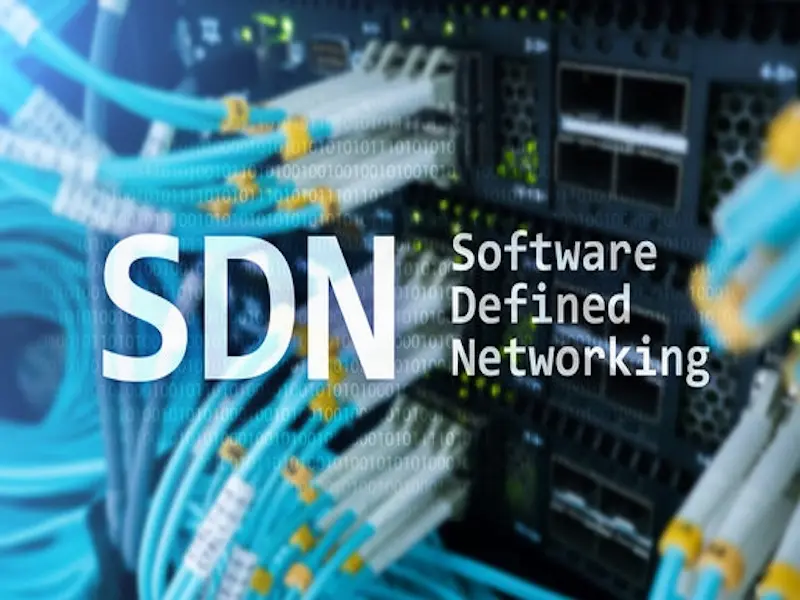- SDN is an approach to networking that uses open protocols like OpenFlow to control software at the edge of the network. It is used to control access to switches and routers.
- Software-Defined Networking (SDN) is revolutionising modern workplaces and online life by enhancing network efficiency and reliability.
Software-Defined Networking (SDN) is an approach to network management and architecture that aims to make networks more flexible, programmable, and efficient. It separates the control plane from the data plane, allowing network administrators to manage and configure network resources centrally and dynamically using software applications. Software-Defined Networking (SDN) offers several benefits for organizations looking to modernize and optimize their network infrastructure.
1. Centralised provisioning
In traditional network architecture, the intelligence—such as algorithms for constructing efficient paths—is embedded within network elements like routers and switches, with decision-making distributed across the network. While this avoids a single point of failure, it also leads to network elements becoming complex and overloaded with multiple layers of protocols.
In contrast, SDN centralises decision-making intelligence within a controller, significantly reducing the complexity of network elements. By separating the control and data planes, SDN accelerates service delivery and provides greater agility in provisioning both virtual and physical network devices from a central location.
Also read: Why do we need protocols in computer networks?
2. Increased scalability
A positive side effect of centralised provisioning in SDN is increased scalability. With the ability to provision resources on demand, network infrastructure can be adjusted quickly and efficiently. This scalability is a significant improvement over traditional network setups, where resources must be manually purchased and configured, making rapid changes much more difficult.
3. Enhanced security
Virtualisation has made network management more challenging, as virtual machines frequently change within physical systems, making it harder to consistently apply firewall and content filtering policies. The security challenge is further complicated by factors like securing BYOD (Bring Your Own Device) devices. The SDN Controller offers a central point of control to uniformly distribute security and policy information across the enterprise.
While centralising security control in the SDN Controller creates a potential single point of attack, SDN can effectively manage security throughout the enterprise if implemented securely and correctly.
Also read:The first step in creating effective cybersecurity controls
4. Reduced hardware footprint
Deploying SDN enables administrators to optimise hardware usage and work more efficiently. It allows them to repurpose active hardware as needed, making it easier to share resources. This flexibility is a significant advantage over legacy networks, where hardware is typically limited to a single function.
5. Cost-savings
The programmable nature of SDN architecture simplifies the design, deployment, management, and scaling of networks. Automation of provisioning brings agility to the network and reduces the need for human intervention, thereby lowering operating expenses.
By adopting SDN, IT administrators can utilise less expensive hardware more effectively, as new devices essentially function as “white box” switches with all intelligence centralised at the SDN controller.
6. Efficient utilisation of network resources
One of the major drawbacks of traditional networking architectures is that applications running at Layer 7 of the Open Systems Interconnection (OSI) model have limited or no visibility into the resources available at the network layer. As a result, resource requirements were often imprecise, leading to chronic over-provisioning of network elements.
In SDN architecture, the centralised controller has visibility into the resource requirements of applications and can match these requirements with available resources, leading to more efficient utilisation of networking hardware.
7. Improved content delivery and network performance
SDN is designed to shape and control data traffic, which includes implementing quality of service (QoS) for applications like VOIP and multimedia communications. By prioritising and managing traffic flows, SDN enhances network responsiveness and performance, ensuring that critical applications receive the necessary bandwidth and low latency for a flawless user experience. This ability to dynamically allocate resources and optimise traffic helps maintain consistent performance and reliability across various network services.

